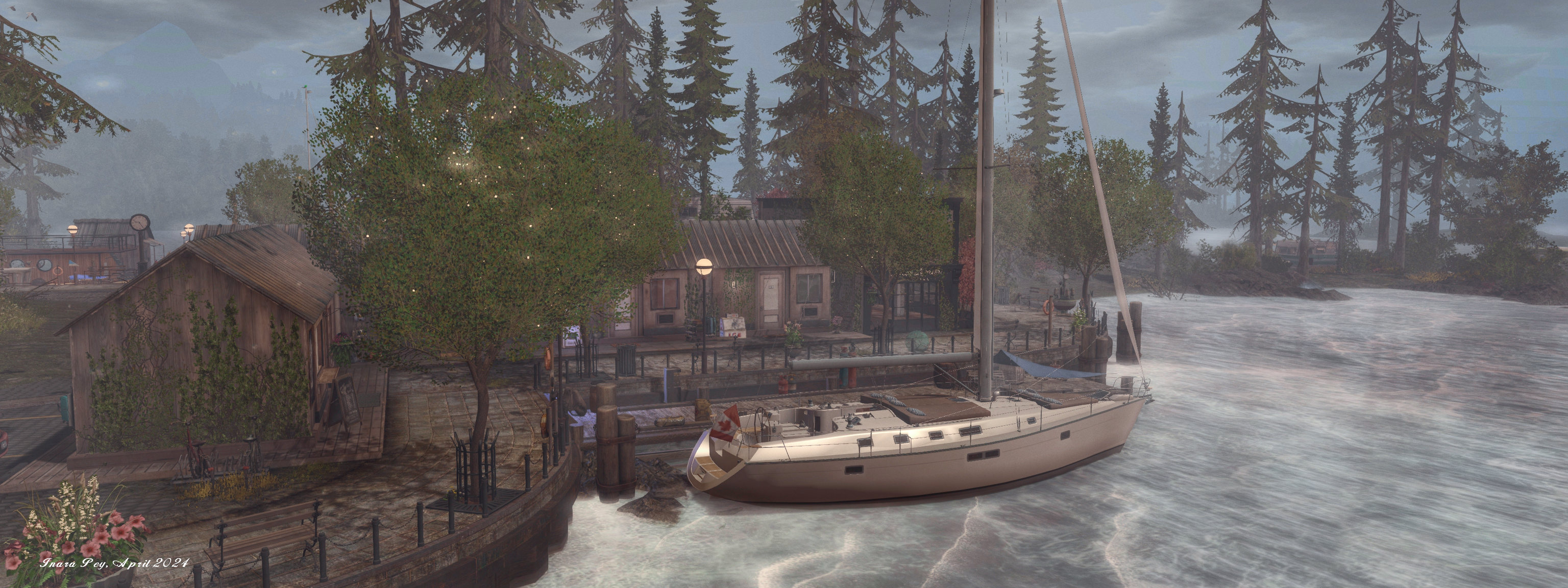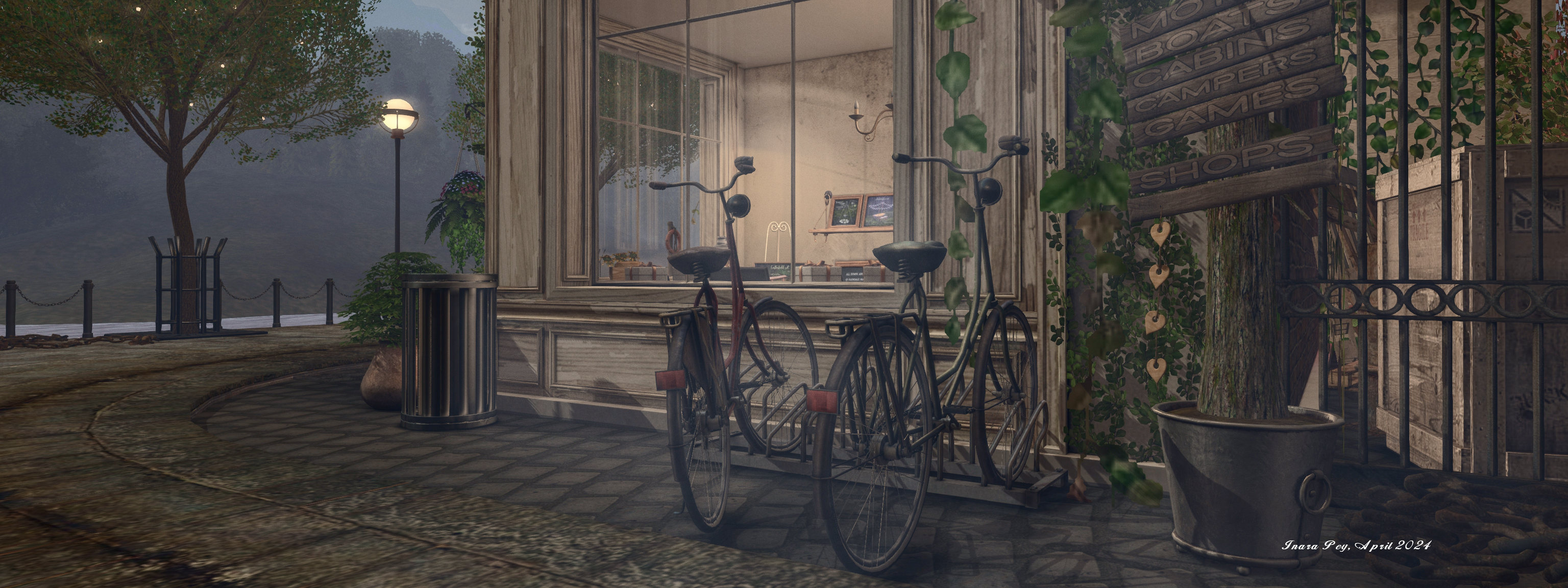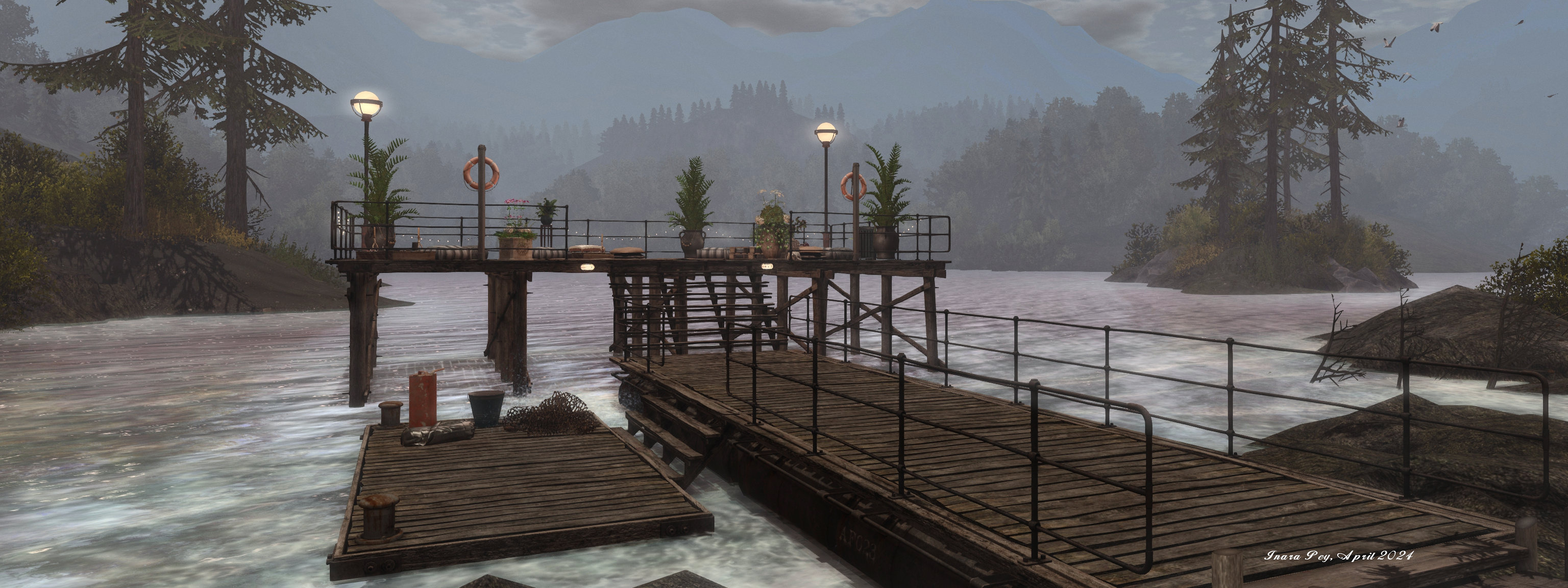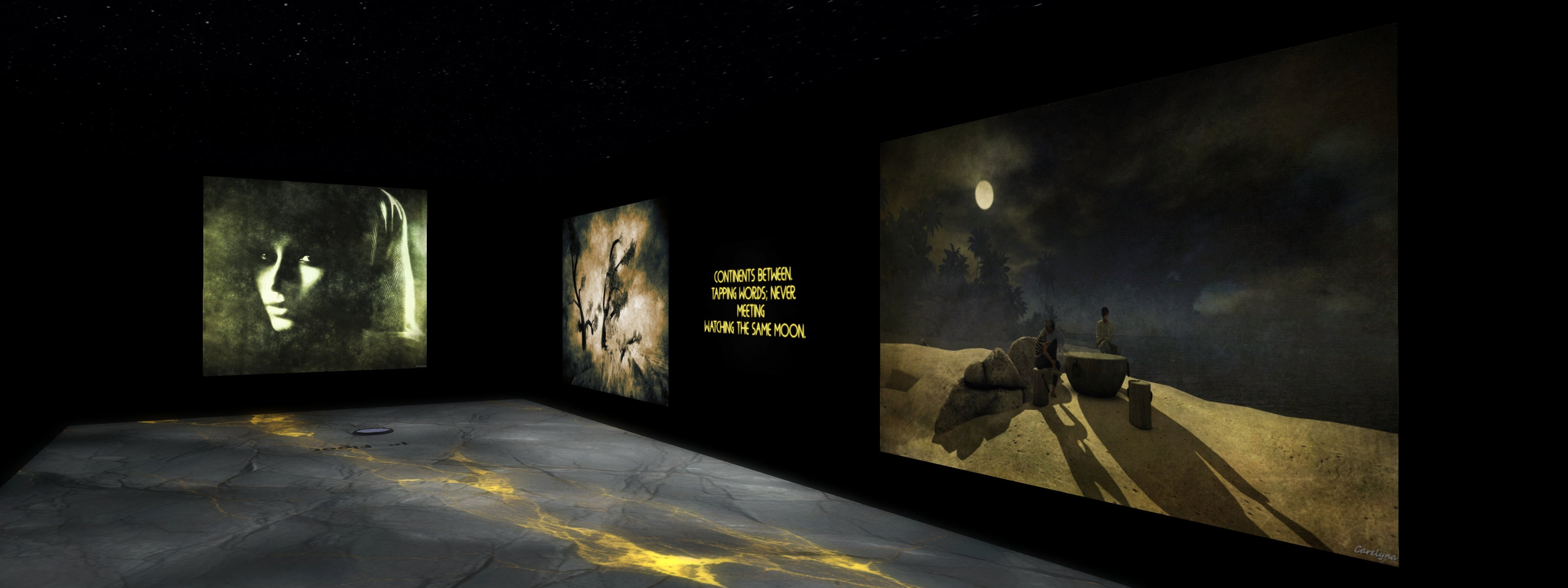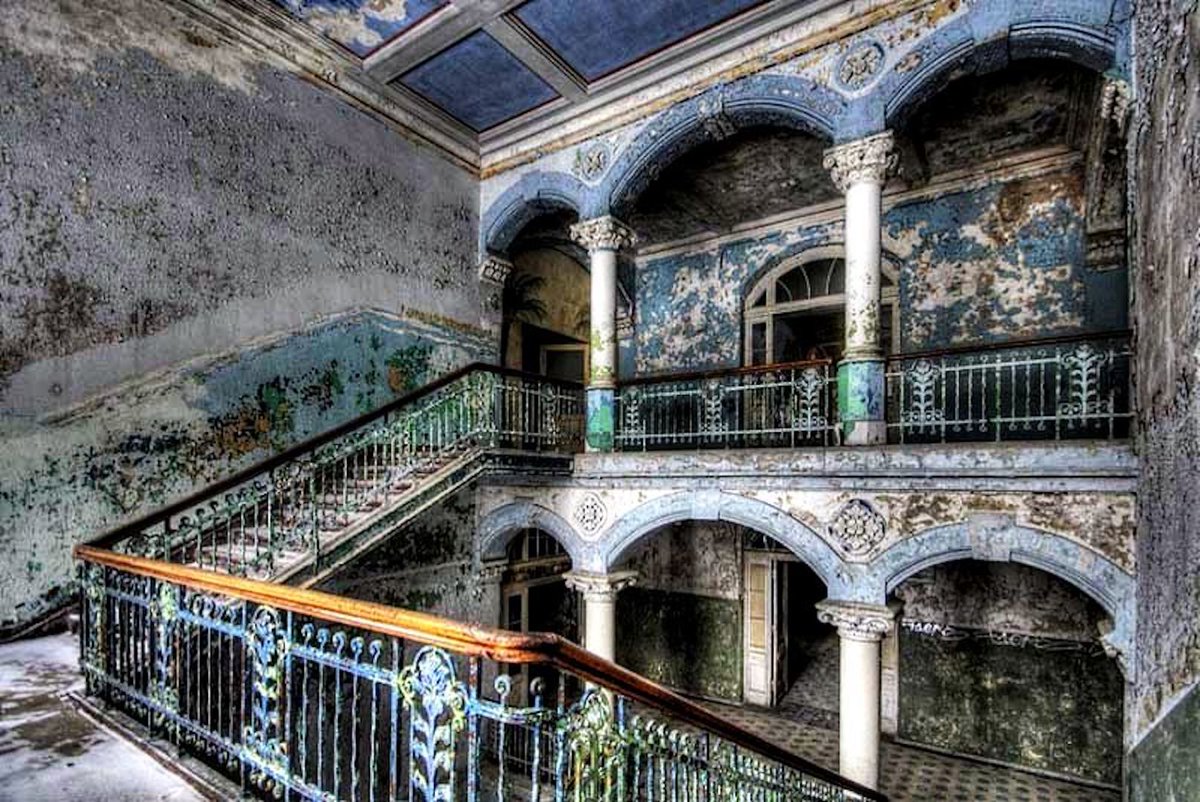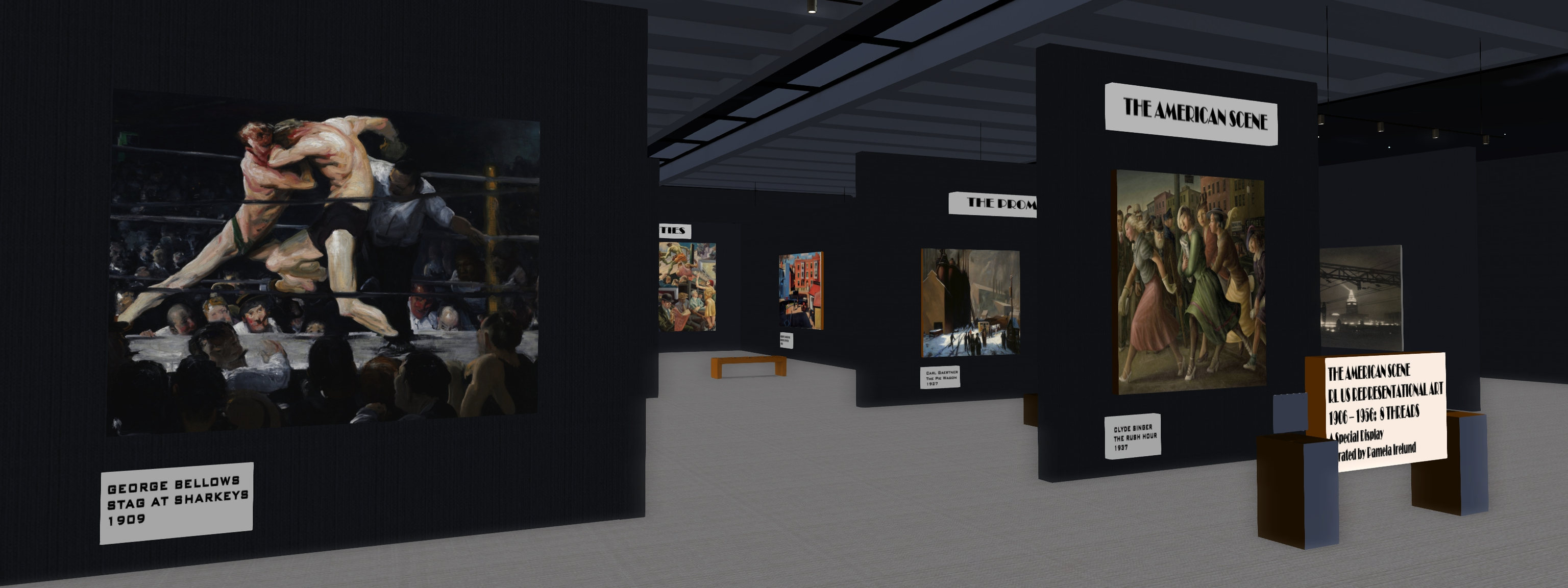
As I continue to play catch-up on things, I’m again covering another art exhibition that has been open for a while but will hopefully remain open for a while longer so that people might enjoy it, as the subject matter is both fascinating and engaging.
The American Scene, presented at Carelyna’s ArtCare gallery complex, is a collection of art and photography gathered and curated from the physical world by Pamela Irelund as a celebration of the American art movement spanning the majority of the first half of the 20th century (in this case 1906 through 1956, to be precise).
This was a period of American art history with saw a reaction against the European modernist movements in art; a time when American artists – painters, photographers writers, etc., – sought to emphasise realism within their work. Within the art movement, this led to the notable rise of two major styles of art: Regionalism (works emphasising realistic scenes of rural and small-town America, particularly during the period of the Great Depression), and Social Realism (realist portrayals of anonymous workers as well as celebrities as heroic symbols of strength in the face of adversity, notably again during the Depression). In addition, the period also celebrated aspects of American culture and life.
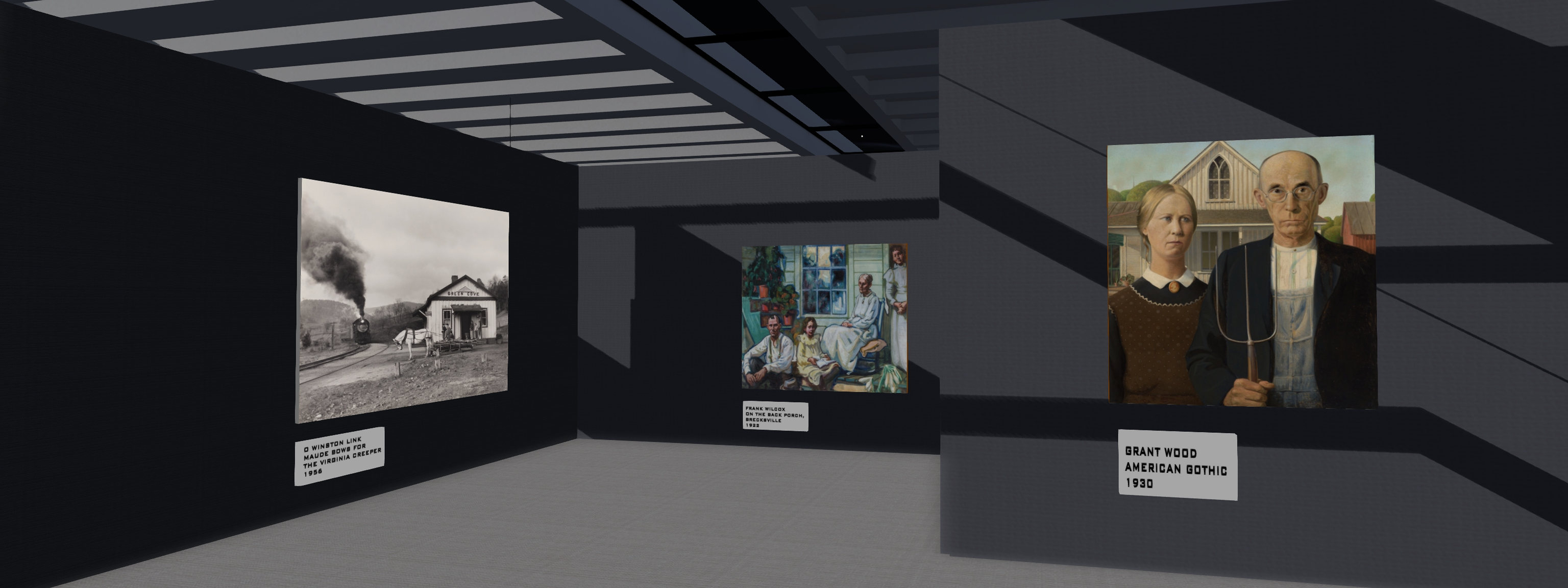
Divided into a series of eight themes: Poverty, Realism and Immigration; The Promise of Industry; Distractions and the Jazz Age; Bustling Cities; The Appeal of Rural Life; Loneliness and Yearning; The Solace of Nature, and The Spirit, the exhibition is a veritable tour de force of American art and artistry throughout the period. The 50+ pieces in the exhibition encompass artists whose names may well be very familiar to some, and others perhaps less well known, but no less deserving of exposure.
For the former, one might select Georgia O’Keeffe, regarded as the Mother of American Modernism (although it is fair to say that throughout most of her career she strove to remain apart from the major art movements). She is particularly well represented both through reproductions of her own work and via a 1918 photograph by her husband, Alfred Steglitz, another name that may be recognised. Steglitz was a major promoter of art in the United States and was a major force behind making photography a recognised art form.

Also present within the exhibition is realist painter Andrew Wyeth, represented by what may well be his most recognised work, Christina (1948), a piece which actually inspired Second Life photographer shelly70 to create an entire region around Wyeth’s work. Grant Wood is presented by what might be regarded as his most famous piece, American Gothic (1930), whilst artist, photographer and film-maker Charles Steeler (who, if Georgia O’Keeffe is regarded as the Mother of American Modernism, then he might well be regarded as the Father) is also included, as is Archibald Motley (one of the major forces within, and contributors to, the Harlem Renaissance and the Chicago Black Renaissance, and Frank N. Wilcox and Thomas Hart Benson – both particular powerhouses of American Regionalism alongside the likes of Grant Wood.
However, whether or not the names of the artists are recognised, what cannot be denied is that this is an exhibition that genuinely spans the full breadth of the American Scene art movement, as well as encompassing the work of artists who might not be directly associated with the movement, but whose work – such as with Motley – played a major role in cultural recognition and growth.

In putting this exhibition together, Pamela has shown considerable care in her selections of art and artists – and in her respect for copyright. None of the pieces are offered for sale, regardless of their legal copyright status, and most are intentionally offered as low resolution images, with visitors encouraged to seek individual pieces on-line if they wish to see them at higher resolutions. However, “low resolution” does not mean the reproductions offered lack detail; again, care has been taken to show them at a size and format in which they can be appreciated though gentle camming through the exhibition.
In addition, Pamela also provides a highly informative notecard catalogue to the exhibition, and I highly recommend visitors take a copy: it not only offers information on the exhibition, its purpose and the period it represents, it also offers tidy thumbnail biographies of the artists presented within The American Scene, providing further insight to the period and the art.
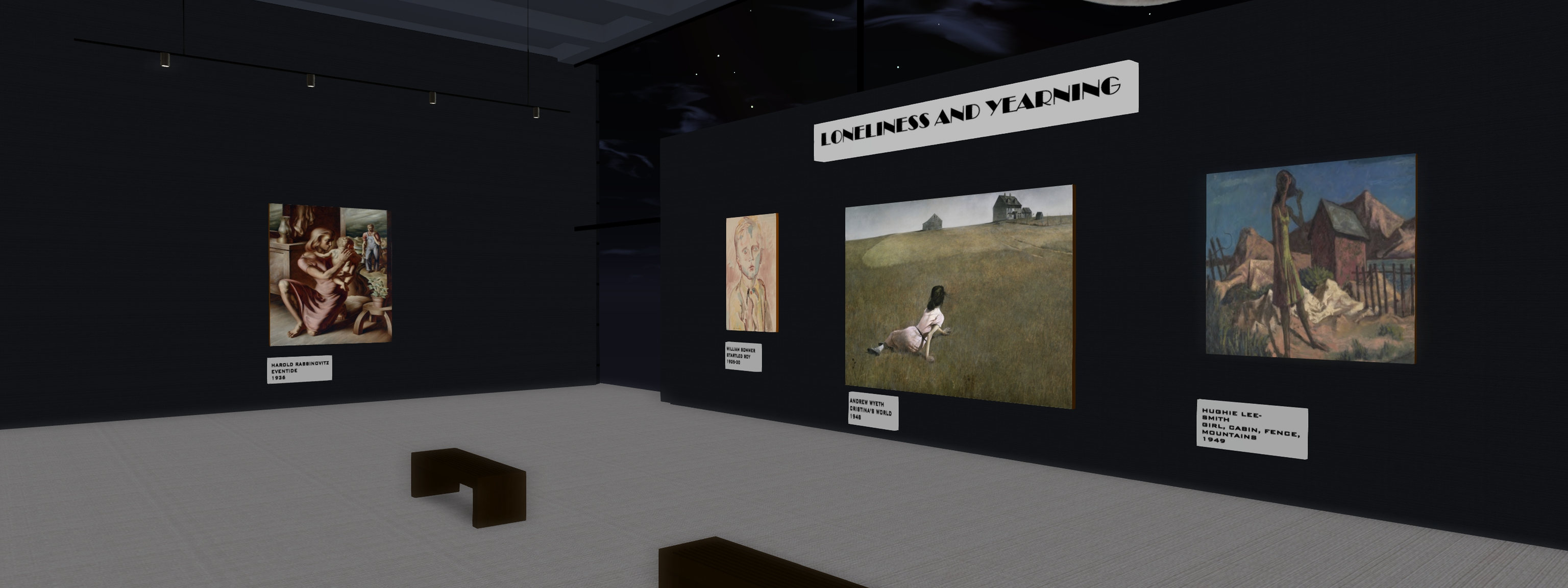
In all, an excellent, and well-presented exhibition which brings an oft-overlooked period of art history.
SLurl Details
- The American Scene, ArtCare Galleries (Emotion, rated Moderate)
